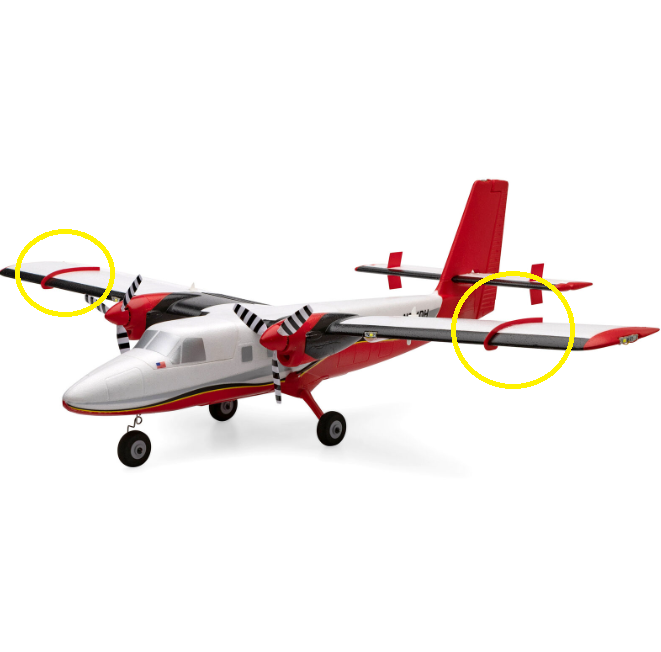Why does the twin otter have wing fences? Planes like the Cessna 172 don't have them, so why does the twin otter have them? (I know that it is used for STOL purposes, but how would wing fences help in that way?)
My guess is that they're for helping with stalls, but how would wing fences help with a stall? (This picture is of an RC twin otter, couldn't find a good real-life one) 
